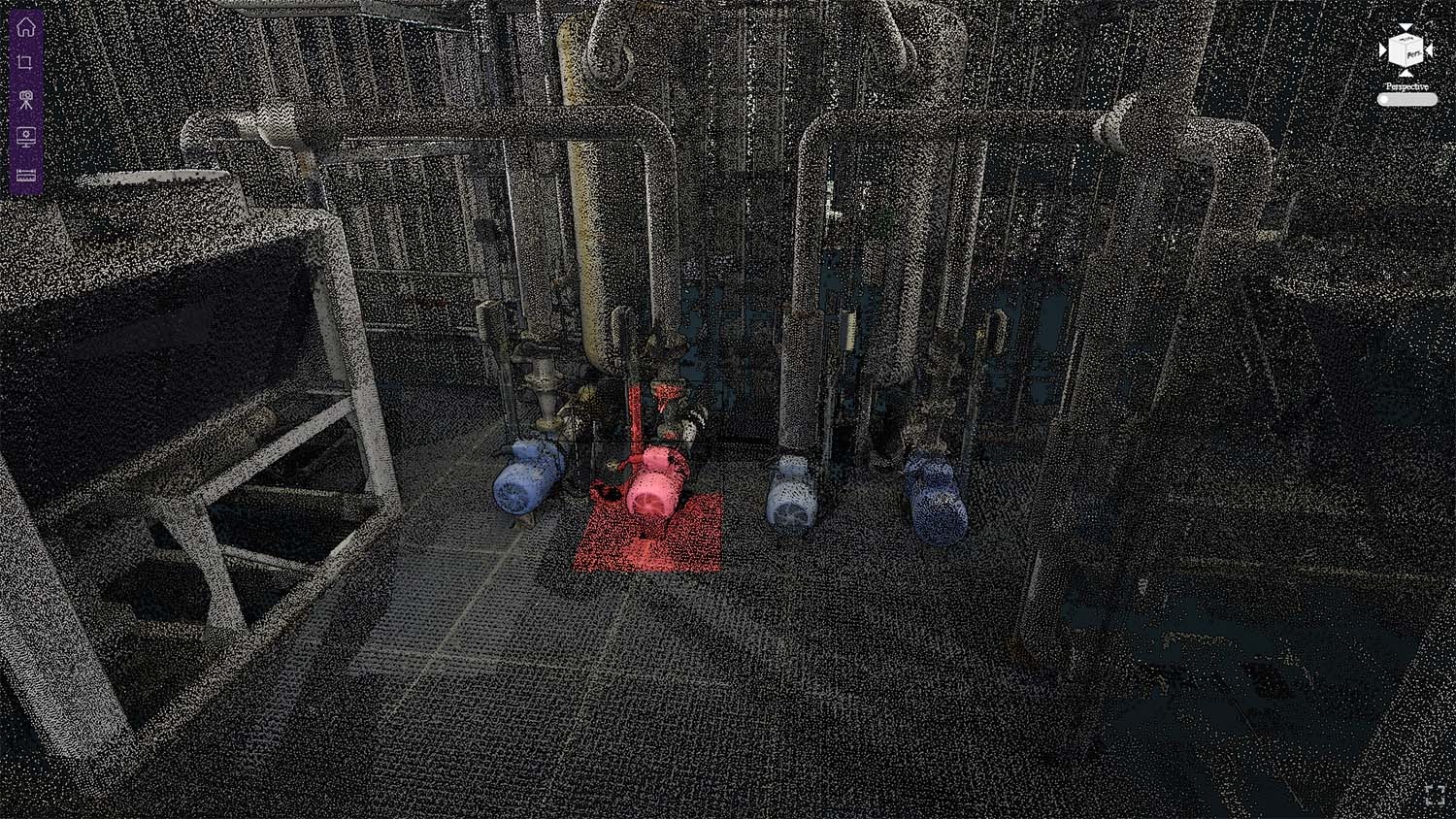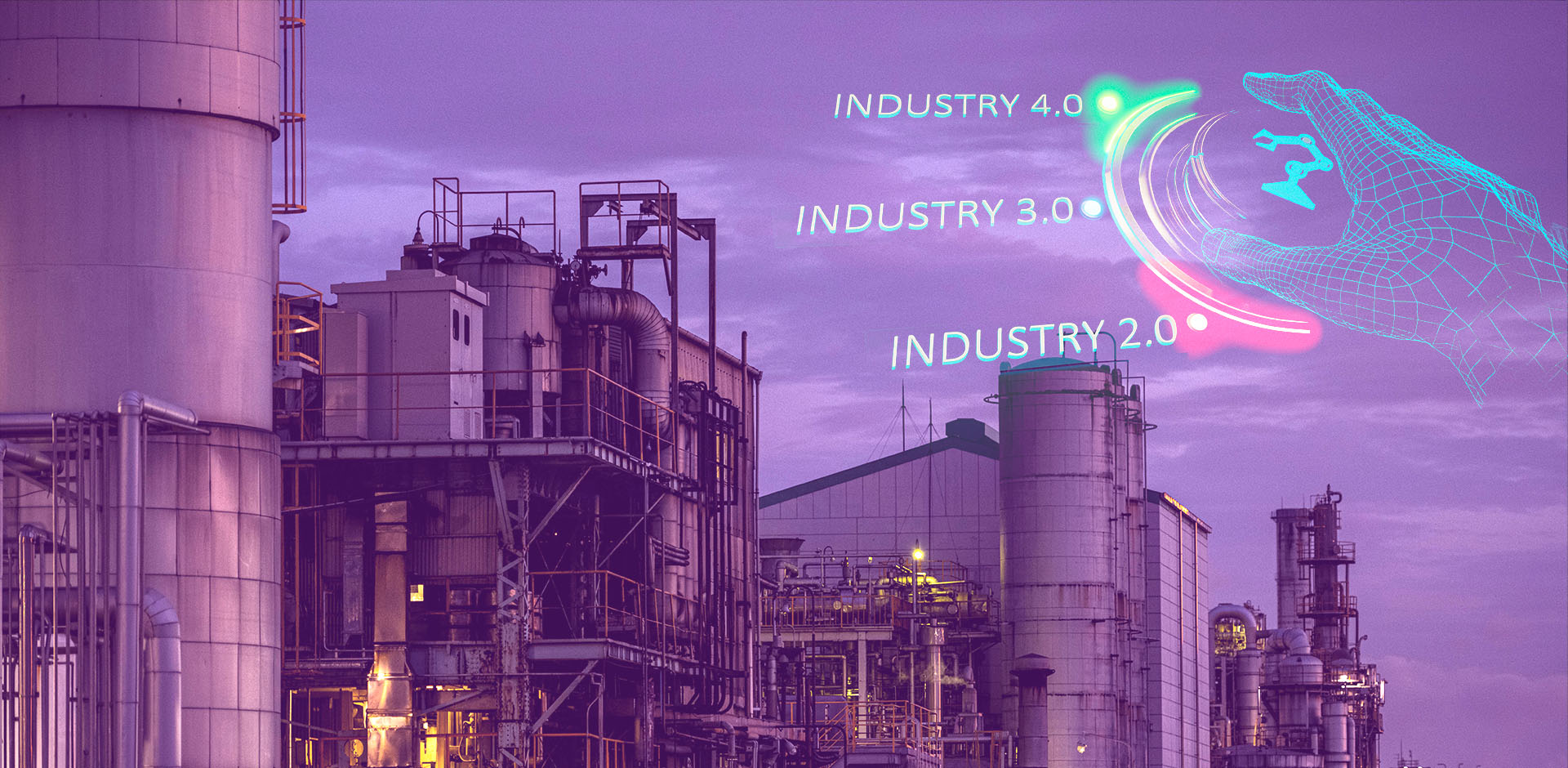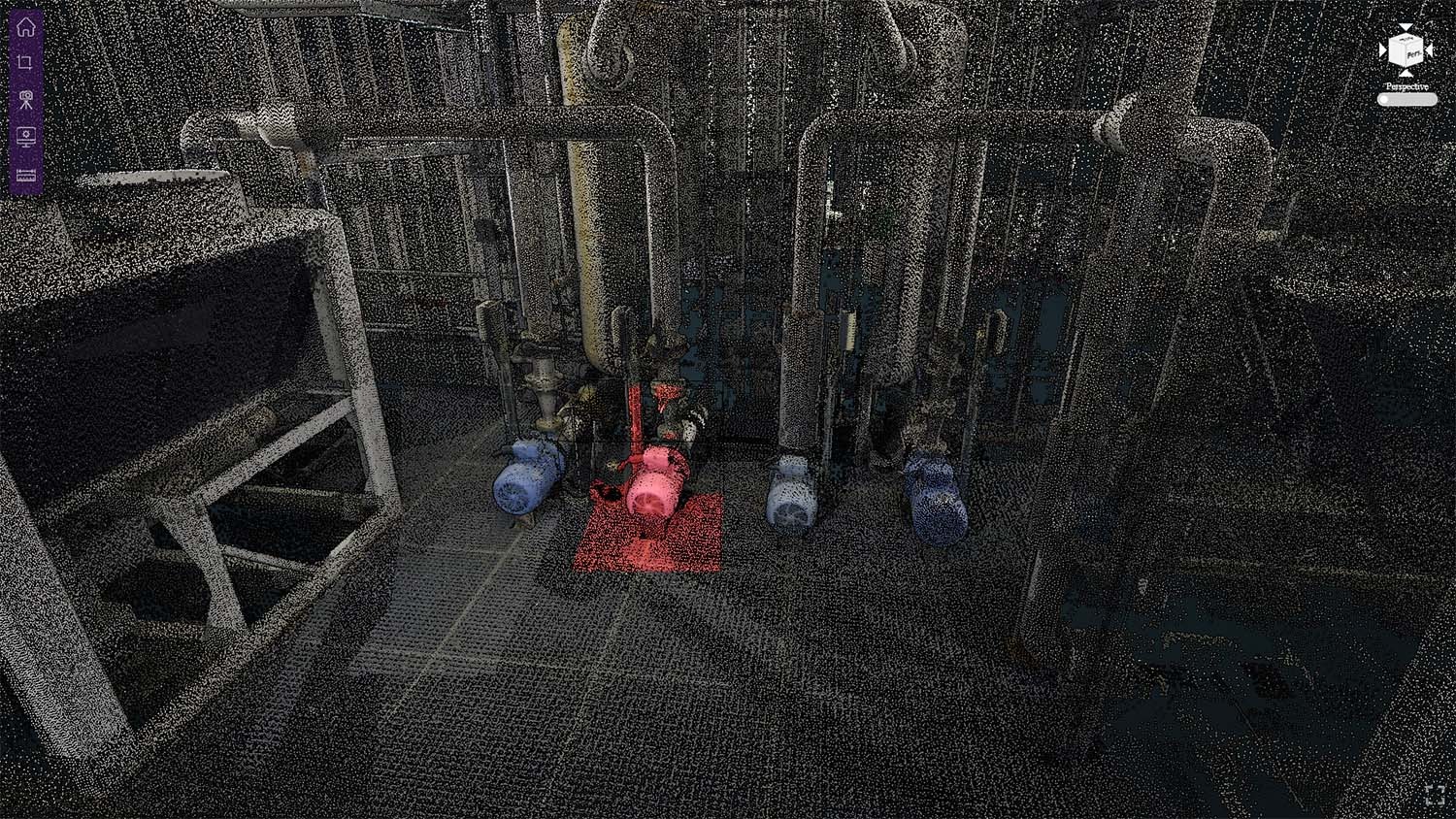
Introduction:
In the realm of asset-intensive industries such as manufacturing, energy, and construction, companies face unique challenges in managing complex physical assets and optimizing operational efficiency. However, digitalization offers a transformative solution that revolutionizes how these companies operate. In this blog post, we will explore why asset-intensive companies should embrace digitalization, leveraging laser scanning, 3D smart modeling, and digital asset and document management capabilities.
1. Enhanced Asset Visualization and Management:
Digitalization empowers asset-intensive companies with advanced visualization tools that provide a comprehensive view of their physical assets. Laser scanning technology captures precise 3D representations of equipment, plants, and infrastructure, allowing for accurate asset documentation. These digital models can be leveraged for efficient asset management, maintenance planning, and optimization of workflows.
2. Streamlined Plant Design and Construction:
By utilizing laser scanning and 3D smart modeling capabilities, asset-intensive companies can streamline the plant design and construction processes. Laser scanning captures detailed as-built data, enabling accurate representation of existing structures. This data can be integrated into 3D smart models, facilitating clash detection, reducing rework, and improving construction efficiency. Digitalization also supports collaborative design, enabling real-time collaboration among different stakeholders and reducing project timelines.
3. Improved Maintenance and Asset Performance:
Digital asset management systems enable asset-intensive companies to streamline maintenance processes and enhance asset performance. By integrating laser scanning data and 3D models with asset management systems, companies can monitor asset health, predict maintenance requirements, and optimize maintenance schedules. This proactive approach minimizes downtime, extends asset lifespan, and improves overall operational efficiency.
4. Enhanced Safety and Risk Mitigation:
Digitalization plays a crucial role in ensuring workplace safety and mitigating risks in asset-intensive industries. Accurate 3D models created through laser scanning facilitate safety simulations and assessments, enabling companies to identify potential hazards and implement preventive measures. Digital document management systems allow for efficient tracking and access to safety protocols, equipment manuals, and training materials, ensuring that employees have the necessary information to operate in a safe and secure environment.
5. Efficient Data and Document Management:
Digitalization provides asset-intensive companies with robust data and document management capabilities. Digital asset management systems allow for centralized storage, retrieval, and organization of critical asset-related data, reducing reliance on manual and paper-based processes. This streamlines operations, enhances data accessibility, and improves collaboration among different teams and departments.
6. Enhanced Regulatory Compliance:
Asset-intensive companies operate in highly regulated industries with stringent compliance requirements. Digitalization facilitates adherence to regulatory standards by providing robust documentation, audit trails, and data integrity. Compliance-related documents, certifications, permits, and inspection reports can be digitally stored and easily accessed, simplifying the compliance process and reducing the risk of penalties or non-compliance.
7. Optimized Workflow Efficiency and Cost Savings:
Digitalization brings significant workflow efficiency improvements, reducing operational costs for asset-intensive companies. Laser scanning and 3D smart modeling streamline project execution, reducing errors, rework, and project delays. Additionally, digital asset and document management systems minimize manual administrative tasks, enabling employees to focus on value-added activities. This leads to cost savings, increased productivity, and improved bottom-line performance.
Conclusion:
Digitalization through laser scanning, 3D smart modeling, and digital asset and document management capabilities offers numerous benefits for asset-intensive companies. From enhanced asset visualization and management to streamlined plant design and construction, digitalization drives efficiency, safety, and cost savings across the board. Embracing digitalization empowers companies to optimize asset performance, mitigate risks, improve regulatory compliance, and create a foundation for future growth and innovation. In an increasingly competitive landscape, asset-intensive companies cannot afford to overlook the transformative power of digitalization in maximizing their operational potential.









